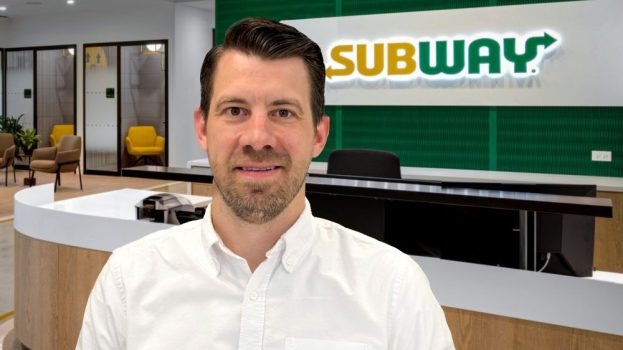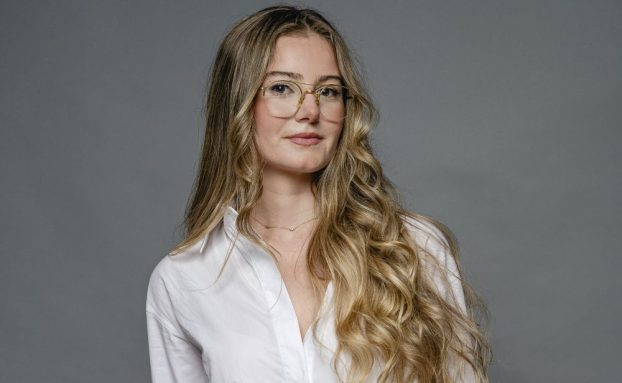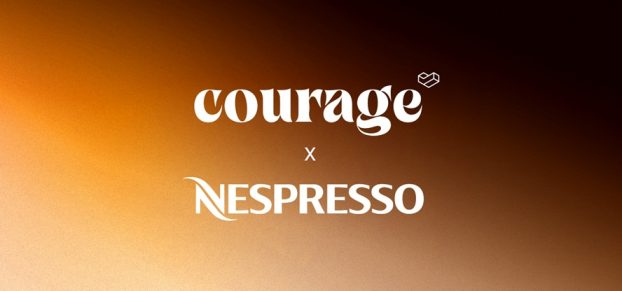As Canadian business leaders re-evaluate what success means in the post-COVID era, many have taken note of the secondary crisis lurking in the pandemic’s wake.
In what LifeWorks’ Mental Health Index has identified as a “massive decline in the collective mental health of the working population,” Canadian employees are emerging from shutdown and work-from-home life feeling burnt out, with many putting in many more hours to achieve the same output, and many deciding to leave their jobs.
Nearly half of Canadians report feeling they need mental health support this year. And, alarmingly, these conditions are likely to persist well after the risks associated with COVID have fully subsided, according to LifeWorks’ assessment of previous crises.
In response, some companies have begun implementing or extending mental health and wellbeing programs, recognizing that such initiatives benefit their employees, support brand building efforts and make them more competitive in a tight labour market.
Vancouver-based social management platform Hootsuite, for instance, has implemented new programs and reimagined its workforce strategy.
 Earlier this month, it unveiled its new Vancouver headquarters – the first of a network of global offices to be turned into creative hubs (called “nests”) designed to foster collaboration and social connection, with a special focus on inclusivity and health and wellness.
Earlier this month, it unveiled its new Vancouver headquarters – the first of a network of global offices to be turned into creative hubs (called “nests”) designed to foster collaboration and social connection, with a special focus on inclusivity and health and wellness.
The new HQ, whose design was reviewed by a DEI consultant, is equipped with dimmable lighting in meeting rooms to accommodate for light sensitivity, exercise bikes, sit-stand desks and a “wellness room” – a multipurpose calming room that can be used for nursing mothers and people who need a quiet place to relax, meditate or pray.
“The new office spaces represent an environment built for innovation, flexibility, and choice around how people work and thrive best,” says Tara Ataya, the company’s chief people and diversity officer.
Hootsuite’s creative hubs are a central part of its new distributed workforce strategy, developed during the pandemic, in which employees will get to choose to work from home, at the office, or both. Ataya says the strategy has enabled it “to attract talent from different regions that we may not have had the opportunity to do before.”
The shift has had a direct impact on Hootsuite leadership. At the moment, 60% of the company’s senior executive team is based in different markets across the U.S., including CEO Tom Keiser (San Francisco), CFO Tiziana Figliolia (Boston), CRO Melissa Murray Bailey (New York) and CMO Maggie Lower – who was hired in July and is currently based in Chicago but will soon be relocating to Vancouver.
“Joining the team wouldn’t have been an option if it weren’t for the distributed workforce strategy,” says the CMO. “It has allowed a tremendous amount of growth as we attract new talent in different regions globally, where we didn’t have offices before, and enabled me to work with my marketing team and exec team who are stationed all over the world in an innovative and collaborative way.”
 In addition to its new workforce strategy, in July, Hootsuite joined tech players like Bumble and Twitter in giving its entire workforce extra time off to help boost mental health. Its inaugural Wellness Week gave employees a full week to unplug knowing they wouldn’t be missing anything or needing to play catch up, says Ataya.
In addition to its new workforce strategy, in July, Hootsuite joined tech players like Bumble and Twitter in giving its entire workforce extra time off to help boost mental health. Its inaugural Wellness Week gave employees a full week to unplug knowing they wouldn’t be missing anything or needing to play catch up, says Ataya.
Overall, employees felt more relaxed and at ease during their shared hiatus, and they returned to work feeling more energized, she says. “The overwhelmingly positive response is indicative of the impact and importance that taking time off has on our people.”
That response led Hootsuite to announce this month that it will bring Wellness Week back in 2022.
Hootsuite has also recently expanded health benefits sixfold to provide 100% coverage for mental health-related treatments for employees, as well as paid sick leave to cover time off to care for immediate family members.
But it’s not the only company making changes that reflect the new reality. San Francisco-based Pinterest is another, and in the view of Canadian country manager Erin Elofson (left), supporting employees has become a centerpiece of the platform’s brand.
Among both consumers and advertisers, Pinterest has positioned itself as a platform that inspires creativity and positivity. To demonstrate how it lives those values internally, it has been working to give its Canadian employees greater access to mental and emotional health support.
For example, Pinterest employees can access a membership with mental health app Calm, which offers content, lessons and tools to promote better sleep, meditation and relaxation, as well as Bravely, an on-demand coaching platform connecting users with professional coaches. And through Cleo, parents at Pinterest can access free personalized parenting support, including one-to-one conversations with specialists and online workshops. Elofson says she herself recently used the app for advice.
“It was really powerful, because you actually talk to a guide who you can message, who gives you resources,” she says. “We know how incredibly important all forms of mental health support are. It’s not just the mental health of the employee, but the mental health of their families and households.”
Beyond these external supports, the platform has brought back Pintention Days in March. First launched in May last year, the homegrown program promotes intentional self-care among employees. Each week, the company focused on a different topic, providing resources to help workers “take back their life and schedules.” And at the end of the month, the company took two days off to disconnect and reconnect.
 “When employees are feeling inspired, included and positive, their voices are amplified, and they’re able to generate many innovative policies and ideas that really differentiate Pinterest,” Elofson says.
“When employees are feeling inspired, included and positive, their voices are amplified, and they’re able to generate many innovative policies and ideas that really differentiate Pinterest,” Elofson says.
It’s by putting Pinterest employees – and their concerns – first that the company ultimately decided to enact a weight loss ad ban in July.
“Our employees were cognizant of the fact that people are feeling added pressure as they look to rejoin their social circles in person for the first time in 15 months,” Elofson says. “This prompted us… to really be the only major platform to prohibit all weight loss ads.”
In addition to being able to attract (and keep) top talent and boost productivity among overworked staff, making people feel comfortable creates a space for innovation and experimentation – ultimately benefiting companies’ bottom lines, notes Hootsuite’s Ataya.
“Happy employees and boosted morale or minimal stress often equates to a more engaged, collaborative and productive environment,” she says. “Ultimately, by increasing the well-being of employees, organizations will see lower turnover.”
Photos courtesy of Upper Left Photography and Pinterest.

























